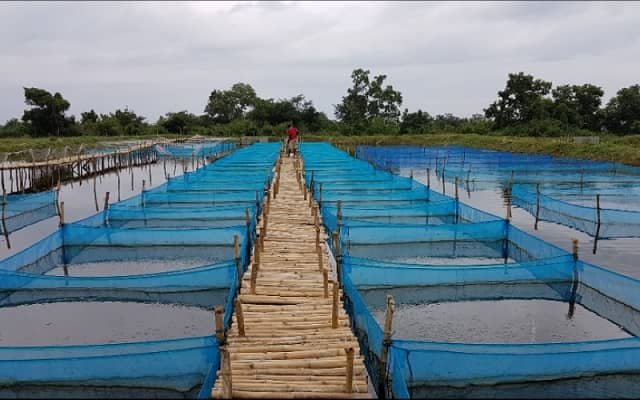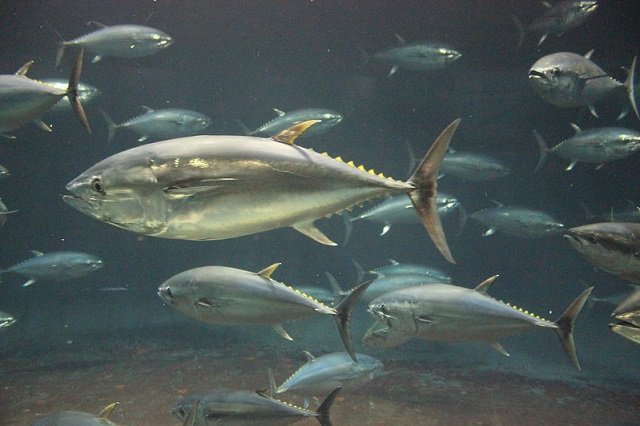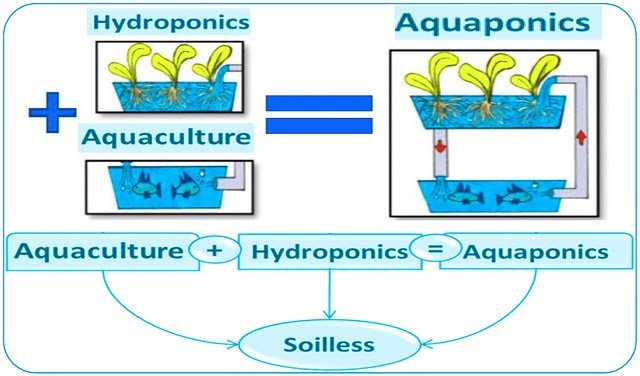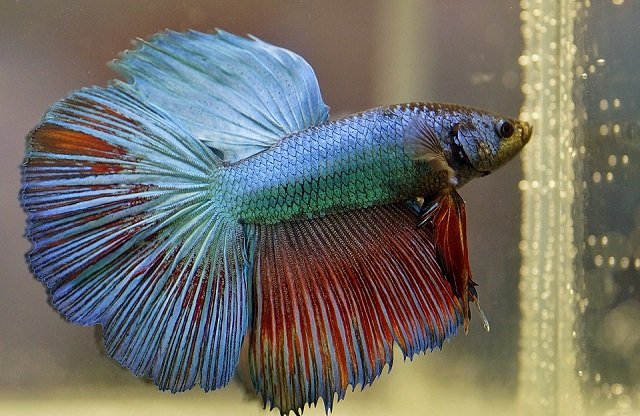Lima, Peru (Andina).- Peru will become one of the top aquaculture producers in Latin America and will be a major global competitor in fishing for direct human consumption by 2021, Production Minister Pedro Olaechea projected.
To achieve the said objective, the Andean country relies on the National Program for Innovation in Fisheries and Aquaculture (PNIPA) set to finance 2,000 fisheries and aquaculture innovation projects over the coming four years.
“The initiatives will be determined through a series of calls nationwide. There will be 261 research projects as well as 1,723 technical assistance and training projects,” he told El Peruano official gazette.
The cabinet member explained the program is backed by a US$120 million fund, out of which US$40 million come from a World Bank loan and the remaining US$80 million from the Peruvian Government.
The implementation of these projects will boost the sector’s productivity and increase its competitiveness, thus enhancing value chains and generating greater added value. In addition, it will strengthen food security and enhance the use of fisheries and aquaculture biodiversity. Potential Olaechea stressed aquaculture can be carried out in other regions besides the coast.
“Peru has up to four water regions differing from each other by their natural conditions.” He pointed out a special fauna can be found along the northern coast between Tumbes and Piura regions, whereas anchovy and other resources are available on the southern coast. On the other hand, the southern highlands are characterized by species like trout, silverside, among others. The fourth region includes rainforest rivers. “Due to their natural conditions, they offer a series of opportunities for aquaculture’s growth,” he concluded.
Editor at the digital magazine AquaHoy. He holds a degree in Aquaculture Biology from the National University of Santa (UNS) and a Master’s degree in Science and Innovation Management from the Polytechnic University of Valencia, with postgraduate diplomas in Business Innovation and Innovation Management. He possesses extensive experience in the aquaculture and fisheries sector, having led the Fisheries Innovation Unit of the National Program for Innovation in Fisheries and Aquaculture (PNIPA). He has served as a senior consultant in technology watch, an innovation project formulator and advisor, and a lecturer at UNS. He is a member of the Peruvian College of Biologists and was recognized by the World Aquaculture Society (WAS) in 2016 for his contribution to aquaculture.
Stay Always Informed
Join our communities to instantly receive the most important news, reports, and analysis from the aquaculture industry.




